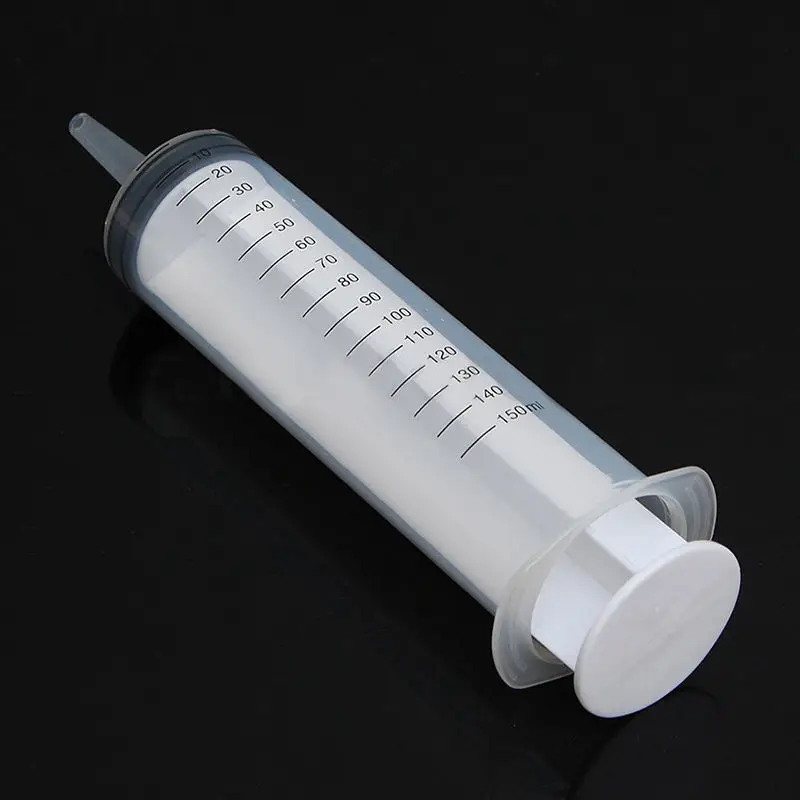
Preventing injuries from sharps and needlesticks is considered a part of the " routine practices" used by healthcare workers. The current guideline is titled " Routine Practices and Additional Precautions for Preventing the Transmission of Infection in Healthcare Settings". The Centre for Communicable Diseases and Infection Control at the Public Health Agency of Canada (PHAC) reviews, publishes, and updates guidelines to protect staff from exposure to all infection causing agents in healthcare settings. Safe recapping procedures, where necessary.A comprehensive sharps injury prevention program would include: Preventing injuries is the most effective way to protect workers. How can needlestick and sharps injuries be prevented? Handle, pass, transfer equipment or specimen.Įquipment design, nature of the procedure, condition of work, staff experience, recapping, and disposal have all been mentioned as factors that influence these occurrences.Injuries can occur at every stage of their use, disassembly, or disposal.Ī report from the Centers for Disease Control and Prevention (CDC) in the United States lists the following percentages for injury rates from a study with data collected from 1995 to 2007: They still demonstrate, however, that needlestick and sharps injuries can have serious consequences. Many of these diseases were transmitted in rare, isolated events. Injuries have transmitted many other diseases involving viruses, bacteria, fungi, and other microorganisms to health care workers, laboratory researchers, and veterinarian staff. Note also that because the hepatitis B virus may survive on environmental surfaces for more than a week, indirect exposure can occur via contaminated inanimate objects.

In a similar situation with HIV, there is about a 0.3% chance of infection, and there is about a 1.8% chance of infection for hepatitis C. The Ontario Hospital Association/Ontario Medical Association (2016) estimate that after an injury in workplace situations from a needle contaminated with hepatitis B virus, there is a 6 to 30% chance that an exposed person will be infected. The risk of infection after exposure to infected blood varies by bloodborne pathogen.
#SYRINGE NEEDLE POINT MEASURE SKIN#
Sharps can create a cut in the skin which allows contact between blood, or fluids. Even small amounts of infectious fluid can spread certain diseases effectively.

There is potential for injection of hazardous drugs, but contact with infectious fluids, especially blood, is by far the greatest concern. Incidental punctures by contaminated needles can inject hazardous fluids into the body through the skin. Concern includes the Human Immunodeficiency Virus (HIV) which leads to AIDS (Acquired Immune Deficiency Syndrome), hepatitis B, and hepatitis C. These injuries transmit infectious diseases, especially blood-borne viruses.


 0 kommentar(er)
0 kommentar(er)
